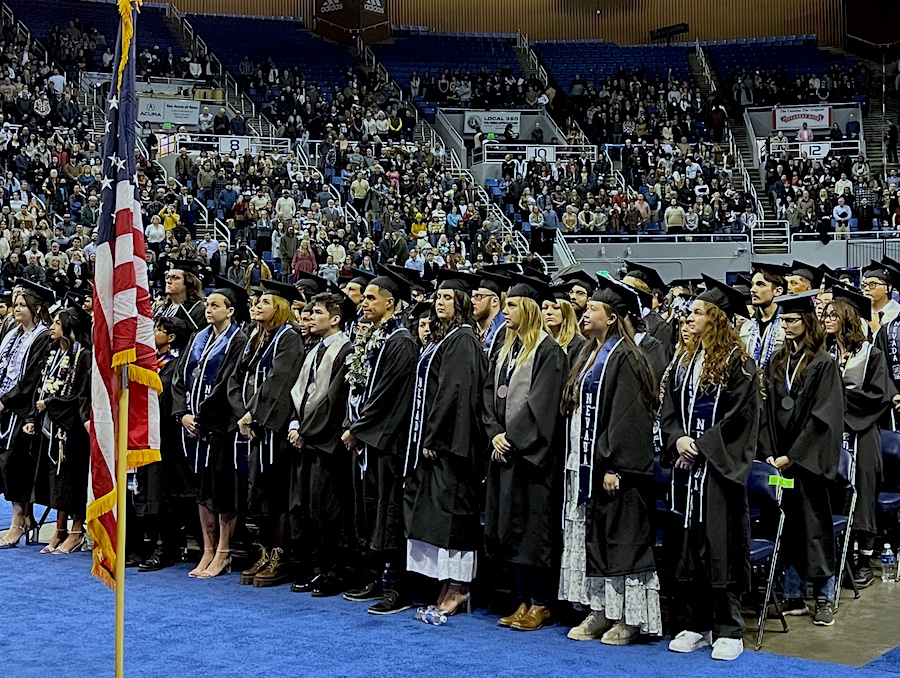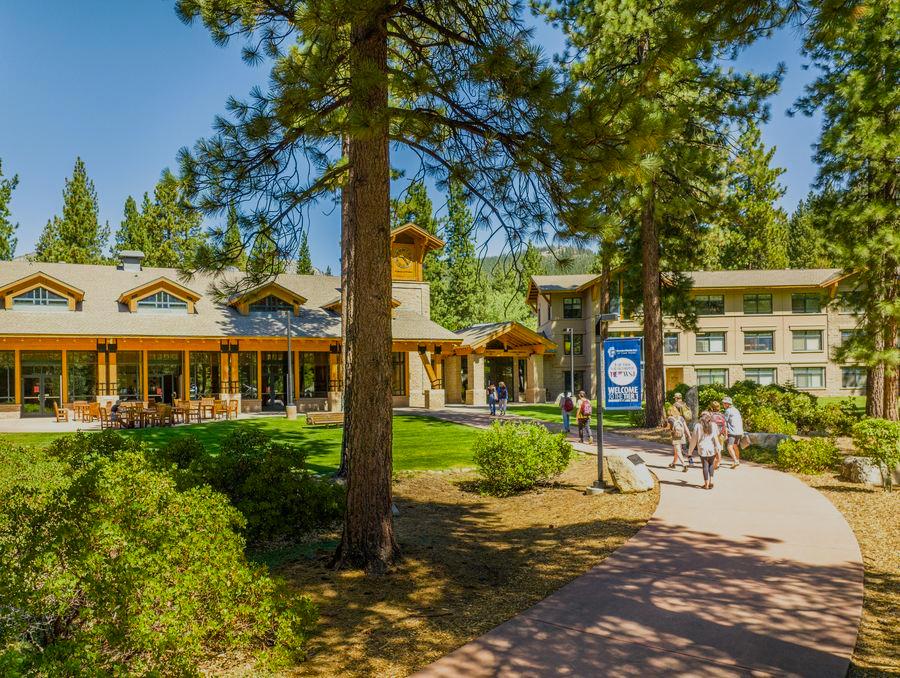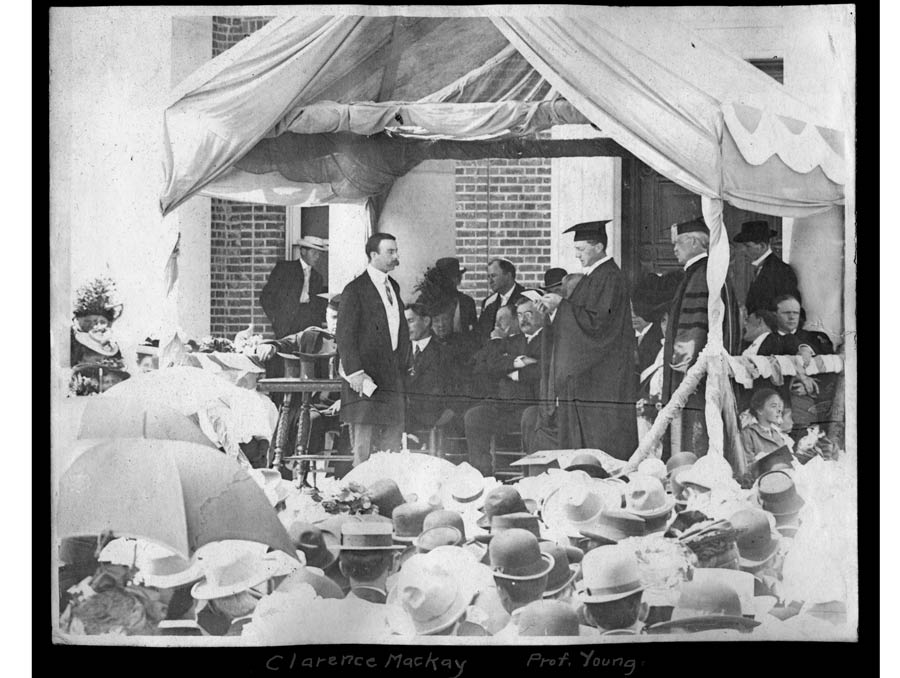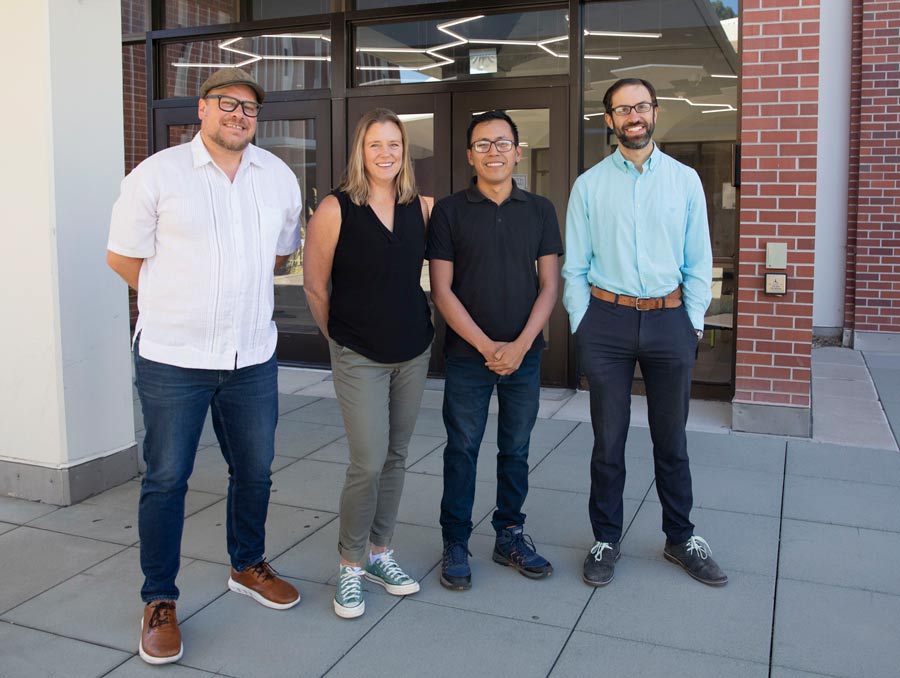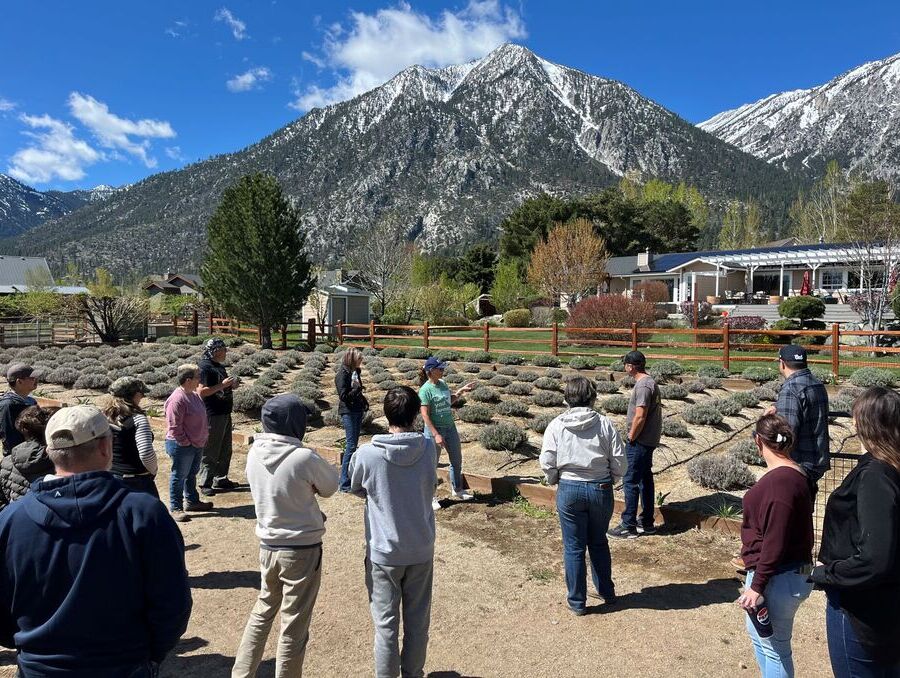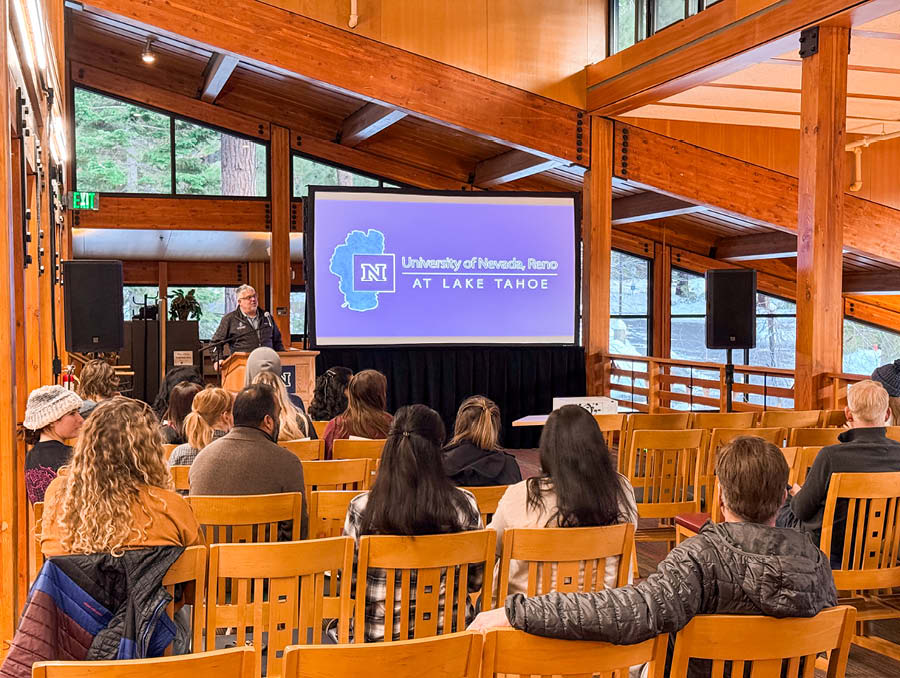Just what does it mean to get a green card? To some applicants, about $1,000 each month.
A recent study by a University of Nevada, Reno economist and a graduate student found that employer-sponsored workers in the United States on temporary visas who acquire their green cards and become permanent residents increase their annual incomes by about $11,860. They studied data from The New Immigrant Survey, a collaborative study of new legal immigrants funded in 2003 by the U.S. Immigration and Naturalization Service and other public and private partners.
The study, "The Value of an Employment-Based Green Card," by associate professor Sankar Mukhopadhyay and former graduate student David Oxborrow in the College of Business, was published this month in the journal, Demography.
According to the U.S. Department of Homeland Security, from 1999 to 2008, about 1 million green cards were approved each year. The majority of these, 74 percent, were to those sponsored by family or with immediate relatives who are U.S. citizens.
However, about 15 percent of those approved for green cards were classified as "employment-based applicants." These workers are mostly highly educated and highly skilled with college degrees, here on work visas for up to six years. The average wait to obtain a green card, however, is six to 10 years. Of those workers here on this particular type of visa, about 56 percent end up being successful in obtaining their green cards.
"The problem is, if they switch employers while they are here, they have to begin the application process all over again, going back to the end of the line," Mukhopadhyay said. "But, that six-year clock is already ticking and doesn't restart."
Mukhopadhyay explained that the result is that those here on temporary visas for employment purposes end up stuck in the first job they get, with no room to progress within that company or elsewhere.
"Employers know they have these workers over a barrel," Mukhopadhyay said. "They aren't going to demand a raise during those six years, even if they deserve it, and they aren't going to move on to another company, because they know doing those things will jeopardize their chances of getting their green cards in time."
Mukhopadhyay said there are regulations to try to prevent employers from paying lower wages to those here on work visas than they pay to U.S. natives, but, "there are ways around the regulations, and obviously, employers are aware of these loopholes and are using them. Some of these loopholes have been documented extensively in the popular media."
Mukhopadhyay said that whether people are pro-immigration or anti-immigration, this is bad news for all workers in the United States.
"Why should an employer hire a U.S. native worker who will expect the going rate, when the employer can hold on to a worker here on a visa who must accept about $1,000 a month less, in order to hopefully acquire a green card within six years?" he said.
If companies in the United States need to hire highly skilled professionals from abroad, then Mukhopadhyay recommends increasing the quota for how many green cards can be awarded each year for those highly skilled or highly educated workers already here on employment-based visas. Increasing the number of temporary work visas, as the U.S. Congress has done in the past, only exacerbates the problem by introducing more workers who are willing to work for a lower wage.
"Those here on employment-based visas are already here working anyway. Once they are approved as permanent residents, employers do not hold that trump card and they have to pay them wages similar to U.S. natives," he said. "It would also remove incentives for employers to hire highly skilled professionals from abroad if suitable native workers are available for the job," he said.
Mukhopadhyay is a legal immigrant from India who came to the United States to pursue a doctoral degree in 1999. He earned his degree in 2005 and began teaching at the University of Nevada, Reno that fall.
